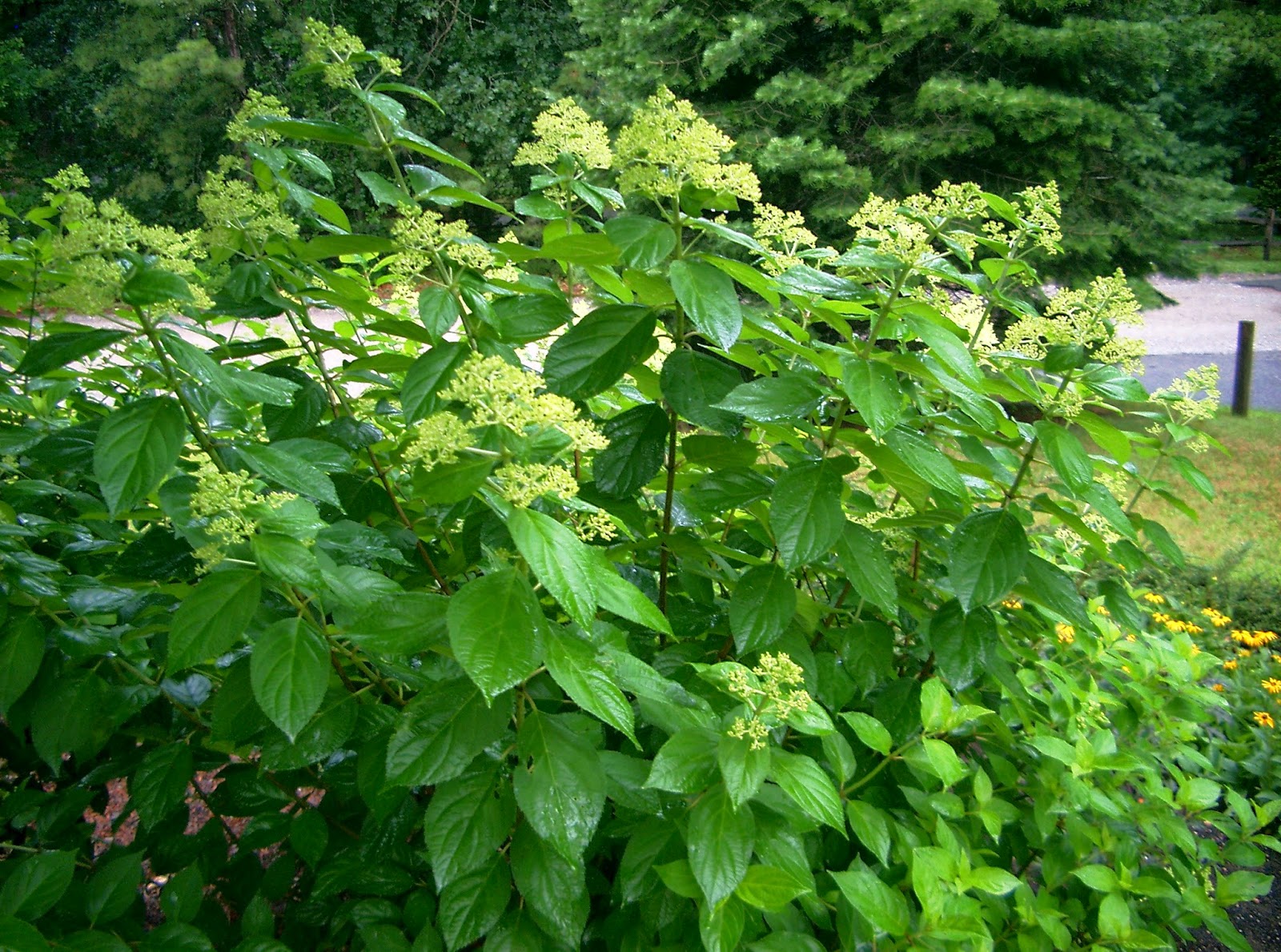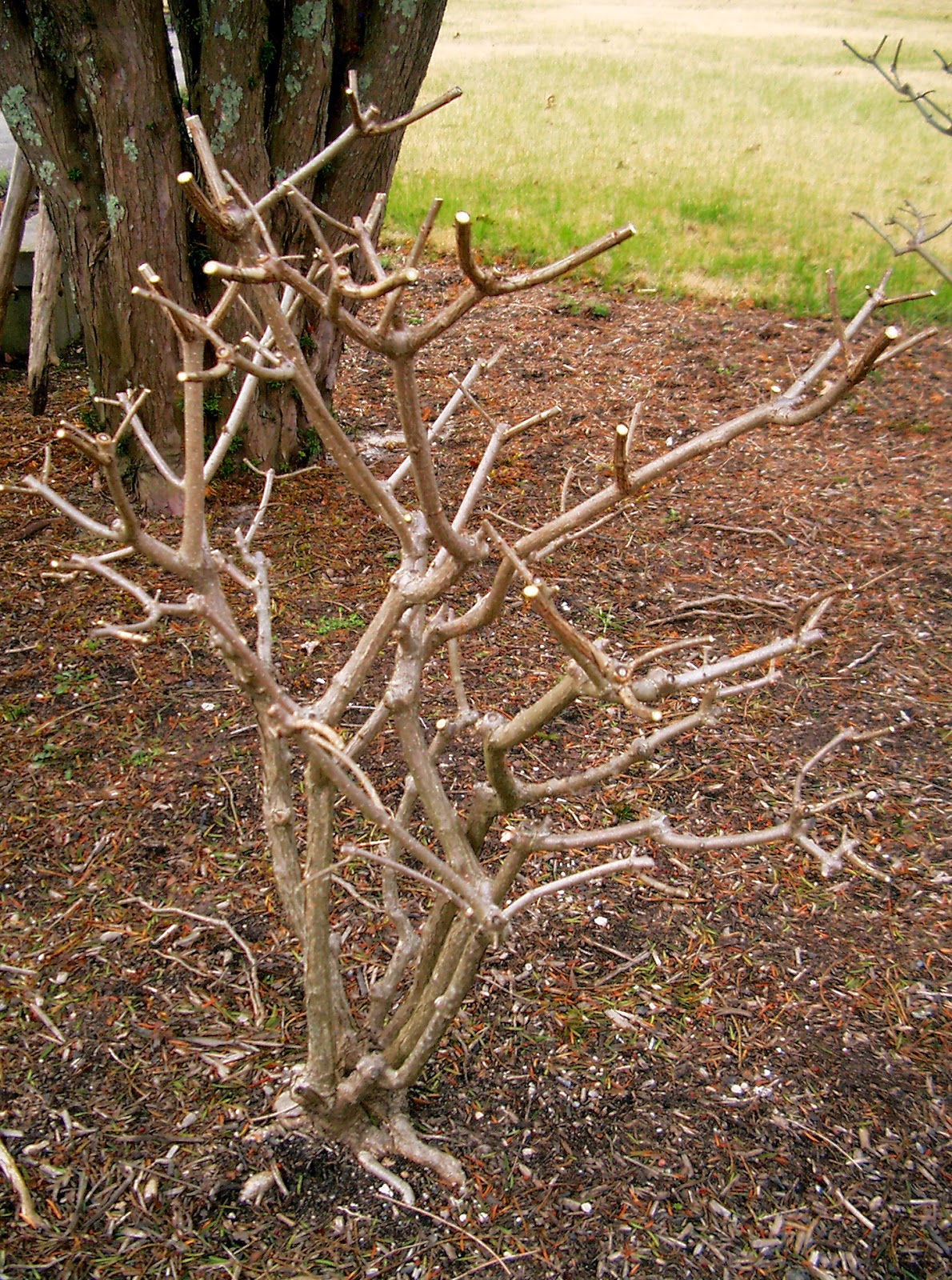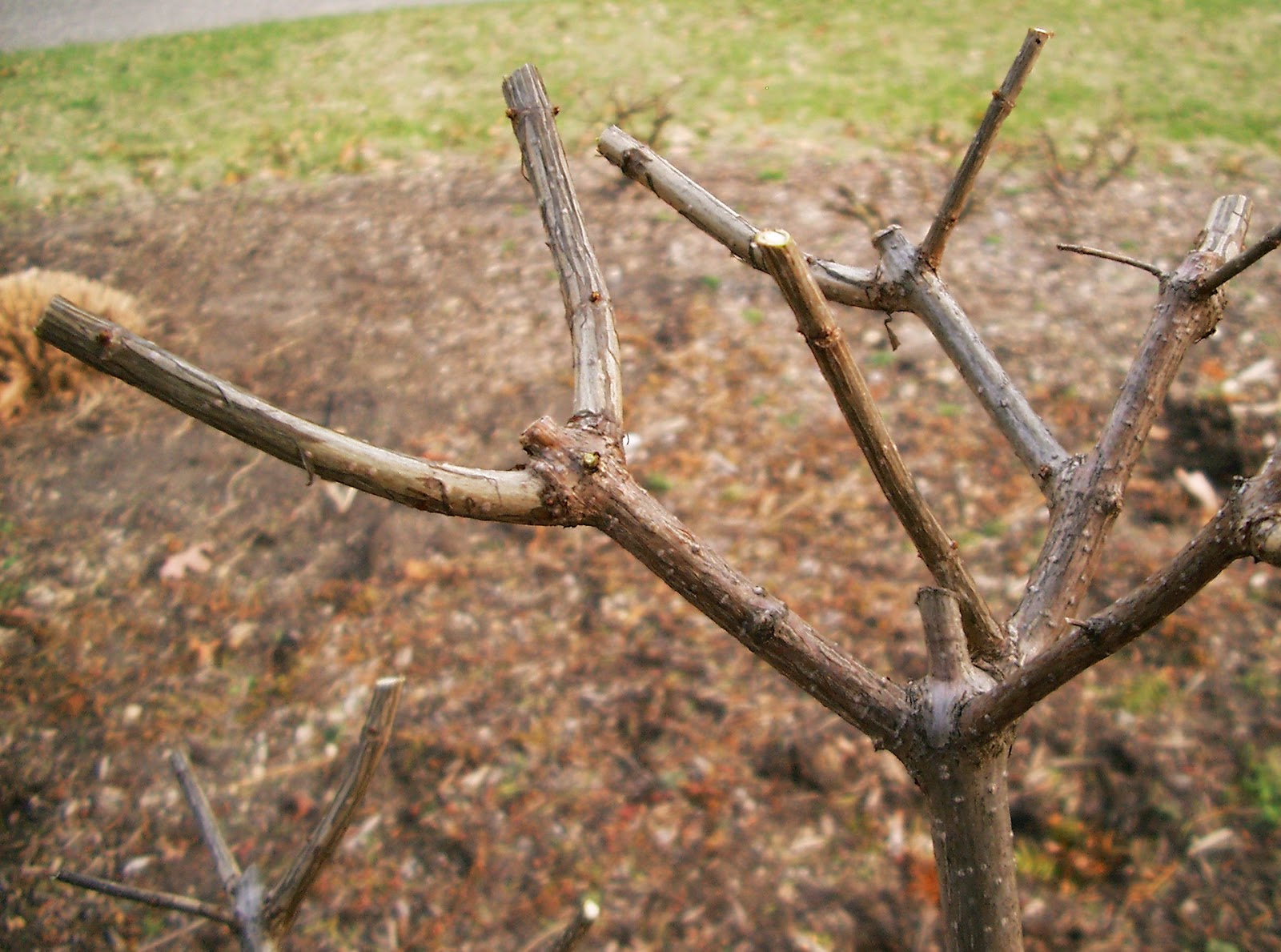HYDRANGEA MACROPHYLLA PERFORMANCE
Hey there hydrangea lovers of the north east, are your Hydrangea macrophyllas living up to your expectations? If not, and you happen to live in Zone 7 or colder, and where your winters hem and haw before finally moving over for spring, then read on!
 |
| ©Linda Nelson 2015 |
Their lack of performance may be because you are pruning, or even deadheading them in the fall. This especially pertains to ones that bloom on the previous season’s stems. I leave mine (and my clients’) alone come the end of the season; I don’t take the pruners to them until mid April. Give it a try, as this might grant you your wish for having an abundant spray of mop heads.
 |
| ©Linda Nelson 2015 |
I know it may be tempting to cut the faded blooms at the end of the summer for cosmetic purposes, or for dried arrangements, but doing so can come with a disappointing expense the following summer. Hold off on any pruning or of cutting out old, unproductive stems until mid spring when the shrub’s leaf buds begin to form and all danger of a hard freeze has passed. This technique has served me well in all my gardening years, and I have no intention of changing things up.
 |
| ©Linda Nelson 2015 |
Could there be other reasons why they are not performing to your standards? Absolutely. Too nitrogen-rich soil is a common culprit, as is too shady a location for the shrub. Over-fertilizing them is another common mistake.
 |
| ©Linda Nelson 2015 |
 |
| ©Linda Nelson 2015 |
 |
| ©Linda Nelson 2015 |
At the very least, give my suggestion a try; you may be in for a delightful surprise next year!
HYDRANGEA MACROPHYLLA PERFORMANCE Read More »



